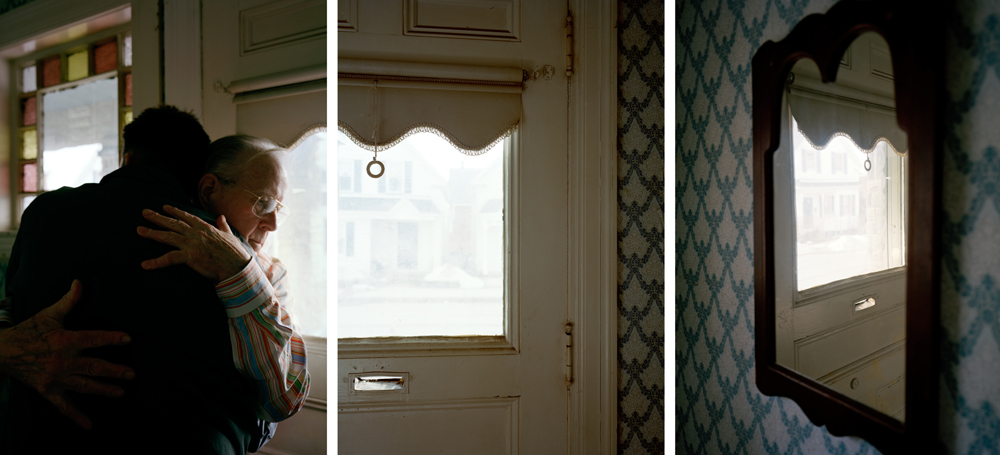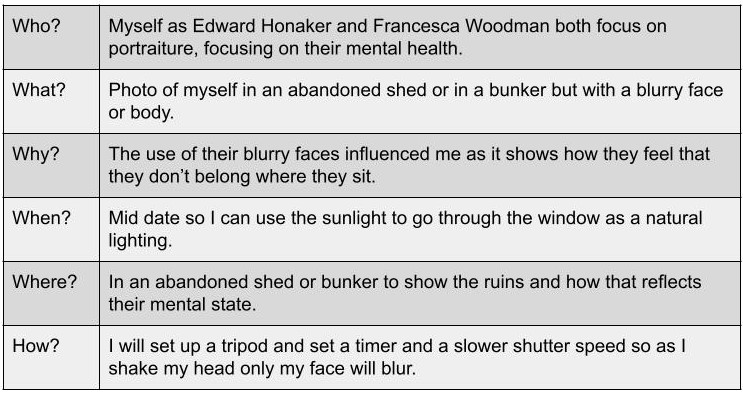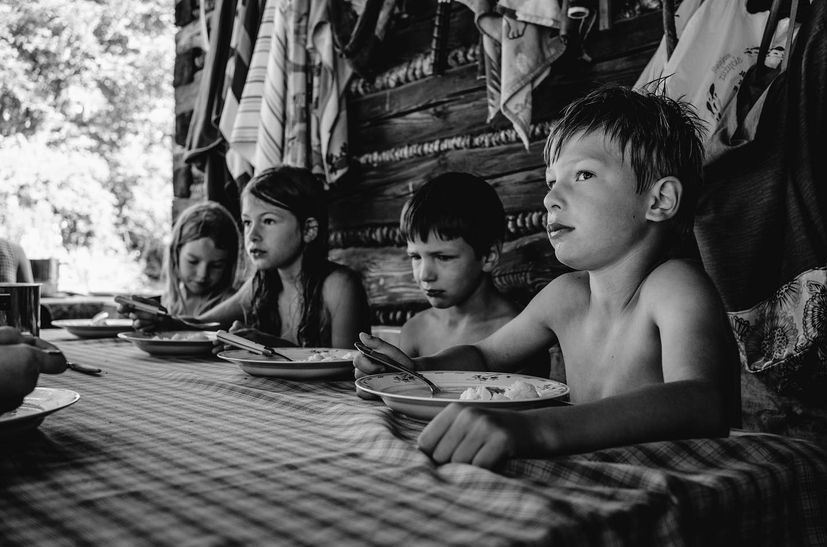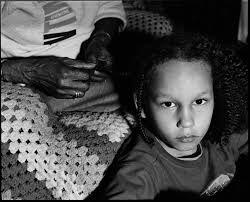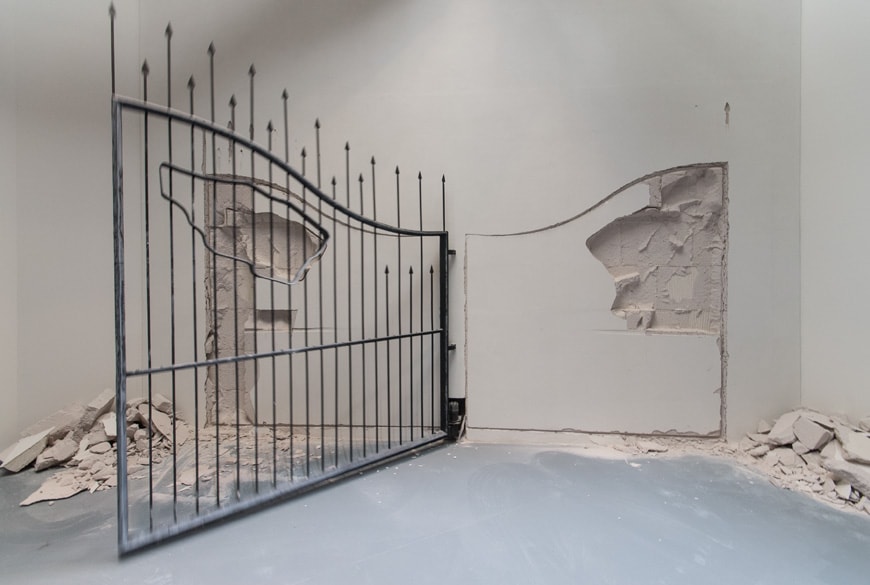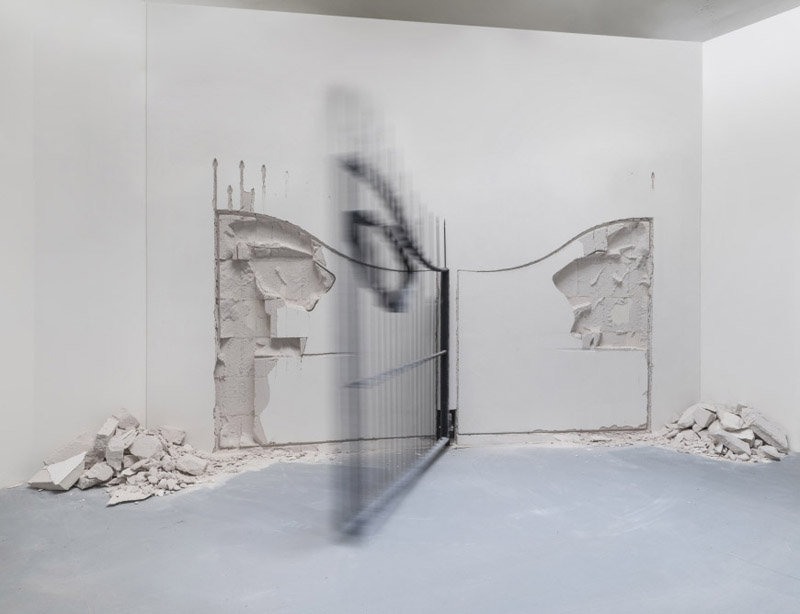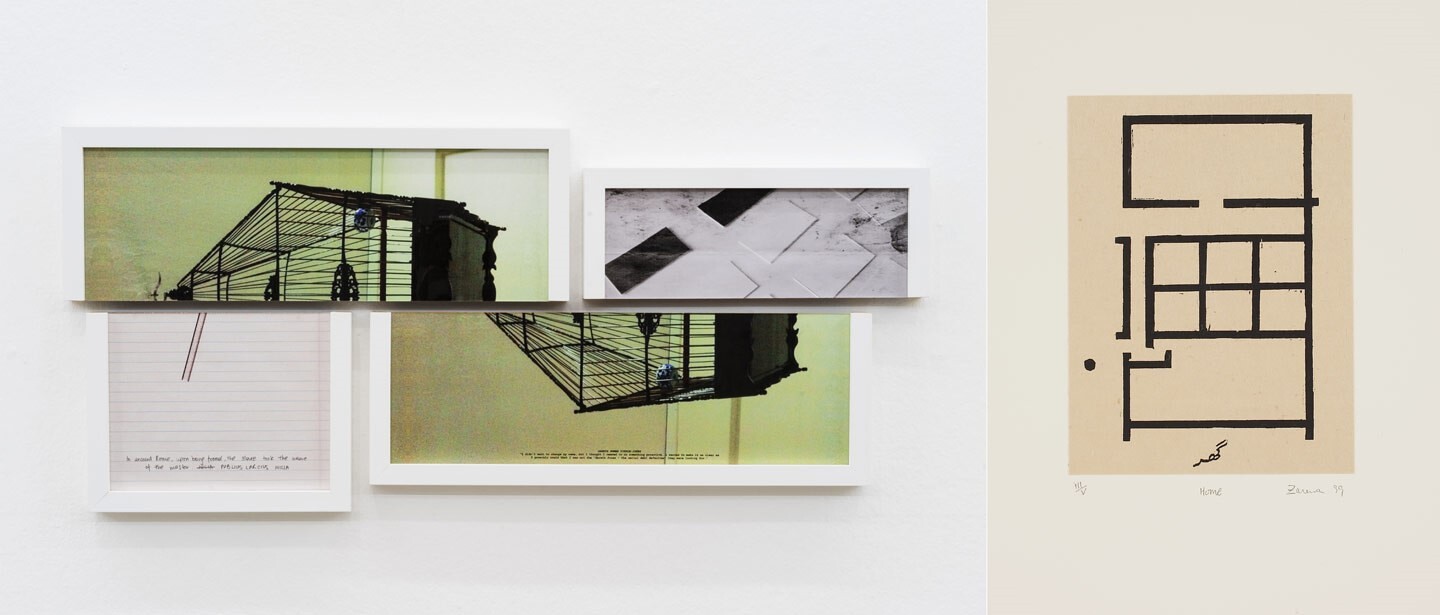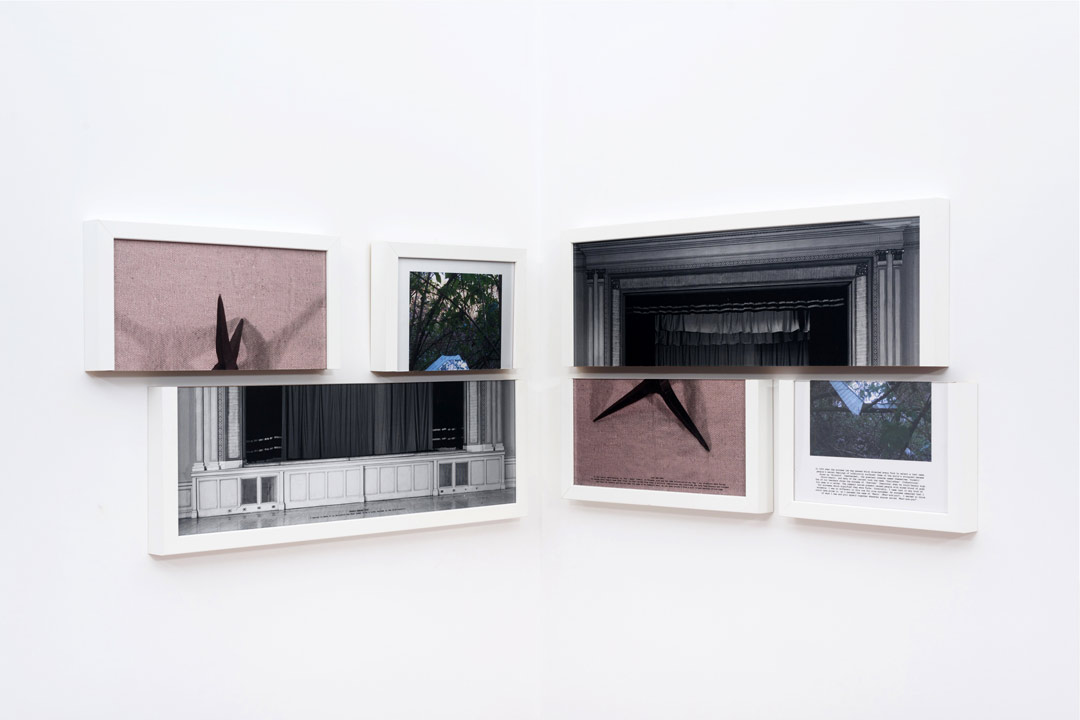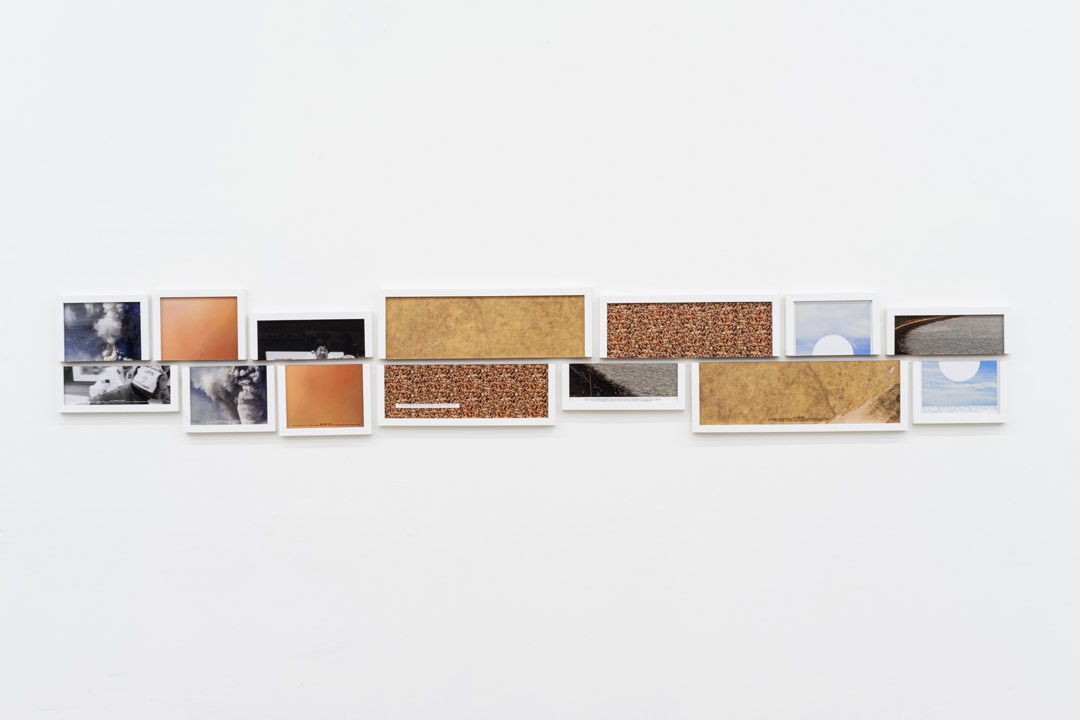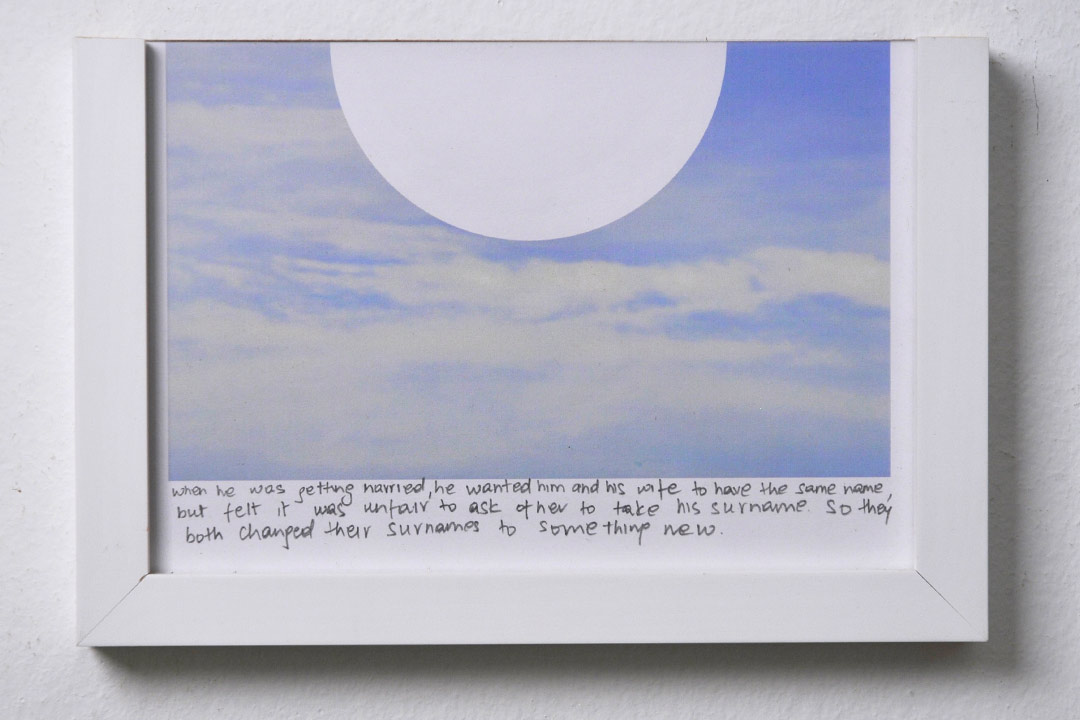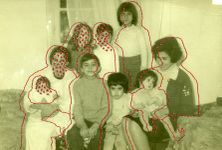The artist I have chose to study is William Klein and looking at his interview with David Campany, from his book ‘So present, so invisible‘.

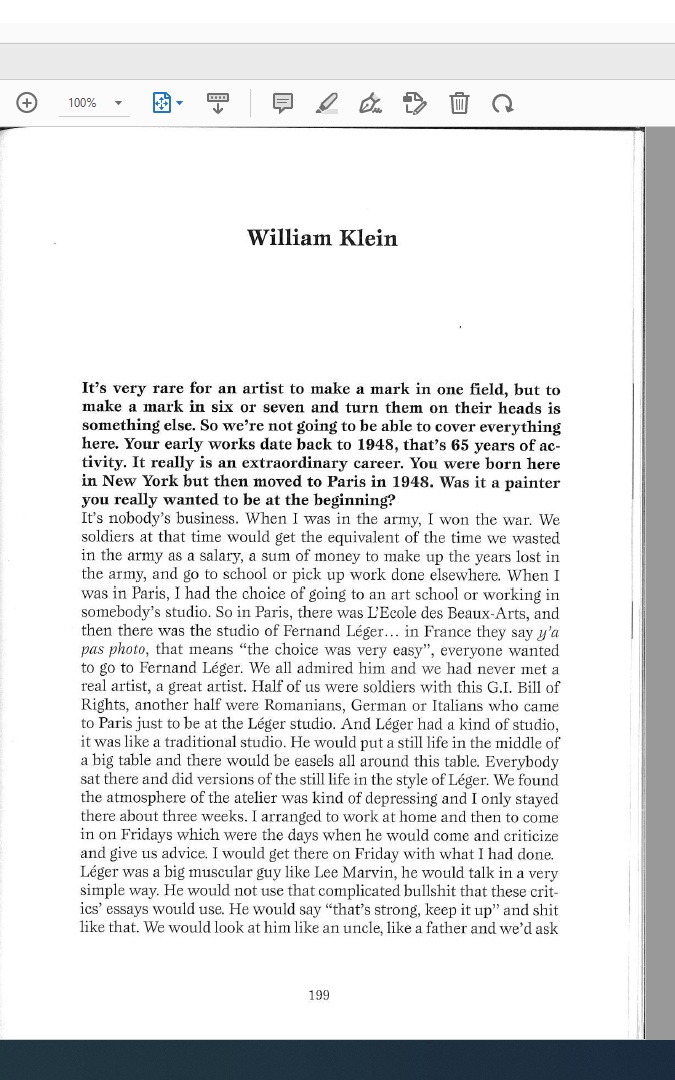

my chosen quotes from his interview that I thought were interesting;
in the interview William didn’t talk about the image I have chosen but I think they were interesting as they fit into his work as he has previously photographed children during a war as well as many photographs of famous models or individuals for when he worked for Vogue.
“we didn’t know too much about the war in Vietnam, it was horrible”
“when i was in the army i won the war”
” i had one camera and two lenses”
- TECHNICAL, VISUAL, CONTEXTUAL, CONCEPTUAL
Technical- the lighting in Williams photograph of the two boys is natural and taken in daylight, as you cant see any set up lighting or flash to capture the picture. He used a nice level of control to show the contrast between the dark and light areas in his photo, as you can see some very dark, basically black tones (like their clothes) and then very light grey-white tones mostly seen in the background and the two main boy’s skin. Their positioned in the centre of the image to make them the main focus on the image and very little background activity which makes the viewer directly aware of the boys and the gun one is holding as the gun is positioned right in the middle and in front of the two boys which makes it stand out. I would say the image is slightly over exposed as it has such a sharp tonal range which makes the image appear sad as it’s in black and white and gives it quite a gloomy/sad atmosphere. The shutter speed must have been quite high as the image isn’t blurry which quickly captured the image. Using his quote and what he said “i had one camera and two lenses” shows that even with such little camera equipment he still captured a powerful image to try tell a story of two boys during a war, as he has a lot of experience being in one.
Visual- This image isnt taken in colour, it’s in black and white which fits the atmosphere of the image a lot and makes it more dull as it was taken during a horrible event, therefore using colour most likely wouldnt be appropriate. It has a range of light and dark tones to create a nice sharp contrast and as its a photo telling a story there isnt any texture, lines or shapes to it as its a portrait photo.
Contextual- I think this image adds a lot of value in Williams work, as he himself was involved in a war which he mentioned in his interview and he said “we didn’t know too much about the war in Vietnam, it was horrible”. This explains why he probably wanted to photograph two little boys during one , holding a gun which can make the viewer slightly uncomfortable to look at as it’s not everyday you see a young child holding such a violent object. It contrasts between an innocent human and a violent object which makes you question why he’s holding one. In some way maybe William wanted to show his young self through taking this image as he spent such a huge time of his life at war.
Conceptual- I think William wanted to show his experience at war , “when i was in the army i won the war”, through photographing two innocent boys holding a gun, which shows that during these horrible times even children got influenced , and in the image you can see the boy smiling and laughing when holding the gun as he probably doesn’t know the harm it can cause or what the true intentions of a war is. This creates this really strong contrast between the two things as you don’t see children just casually holding guns. It can also show that these boys look up to men, like William at war as they’re fighting for them and they’re just trying to be like them. However during this war, that might have been the last image took of the boys before the war begun , which William maybe wanted to do.


